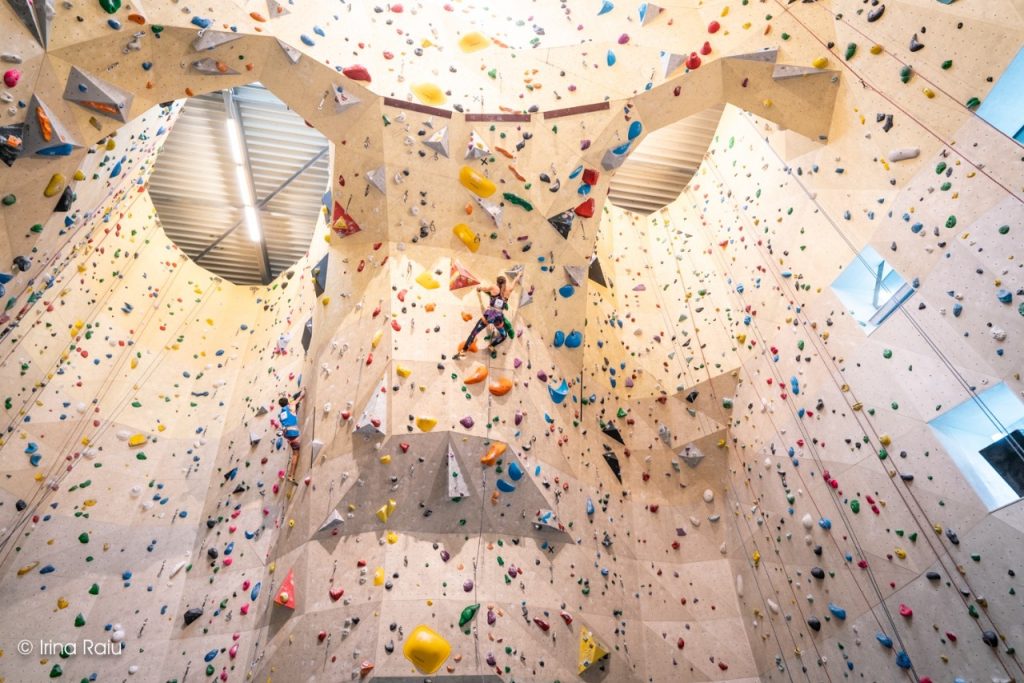Introduction to Climbing: A Beginner’s Course
Hiking courses offer organized understanding experiences for people eager to investigate the vertical world. These programs cater to climbers of levels, from newcomers using their first steps on the wall to experienced experts seeking to refine their skills or undertake new challenges. An average of, hiking courses are designed and led by experienced instructors who impart their knowledge, knowledge, and passion for climbing to participants.
The curriculum of a climbing class often covers a wide range of matters required for safe and satisfying climbing. Newcomers might understand basic skills such as for example attaching troubles, belaying methods, proper equipment usage, and simple hiking movement. Advanced classes might delve in to more advanced subjects like cause climbing, anchor developing, course reading, and risk management. Sophisticated classes might focus on specialized procedures for several types of hiking, such as trad hiking, game climbing, or bouldering, along with sophisticated relief and self-rescue skills.
Hands-on training is a main part of hiking classes, allowing members to use what they’ve realized in a managed environment beneath the advice of instructors. Hiking gyms, outdoor crags, and specialized instruction services offer the perfect venues for practical ability development. Players receive personalized feedback and instruction from instructors, helping them refine their methods and construct assurance on the wall.
Beyond technical abilities, climbing classes often emphasize essential elements such as for instance hiking integrity, environmental stewardship, and risk assessment. Players find out about Leave No Trace rules, responsible outside behavior, and the significance of preserving climbing areas for future generations. Furthermore, they get ideas to the psychological areas of climbing, such as goal placing, overcoming fear, and sustaining target and awareness during challenging climbs.
Several climbing courses also offer possibilities for community making and camaraderie among participants. Hiking is inherently a social task, and classes supply a encouraging setting wherever climbers may join, share activities, and motivate each other to drive their limits. Whether it’s cheering on a other climber because they tackle an arduous option or celebrating accomplishments together by the end of the program, the sense of camaraderie fosters a strong sense of belonging within the hiking community.
Safety is paramount in hiking, and hiking programs prioritize training players how exactly to evaluate and mitigate dangers effectively. From correct equipment inspection and maintenance to crisis techniques and connection protocols, participants understand necessary protection practices which kurs wspinania be critical for a safe hiking experience. Instructors instill a tradition of protection understanding and enable players to make educated choices while hiking independently.
Hiking courses often provide a pathway for individuals thinking about using climbing as a vocation or becoming qualified instructors themselves. Qualification programs and mentorship opportunities offer ambitious instructors with working out and guidance they should show hiking abilities effortlessly and responsibly. Through a mix of classroom instruction, useful experience, and mentorship, players get the knowledge and assurance to cause climbing programs and share their desire for hiking with others.

To sum up, climbing courses provide important understanding activities for climbers of all levels, giving a structured pathway for skill growth, particular growth, and neighborhood engagement. Whether it’s mastering standard practices, improving sophisticated abilities, or using a lifetime career in hiking training, participants benefit from specialist training, hands-on training, and a encouraging learning atmosphere that fosters a lifelong love for climbing.